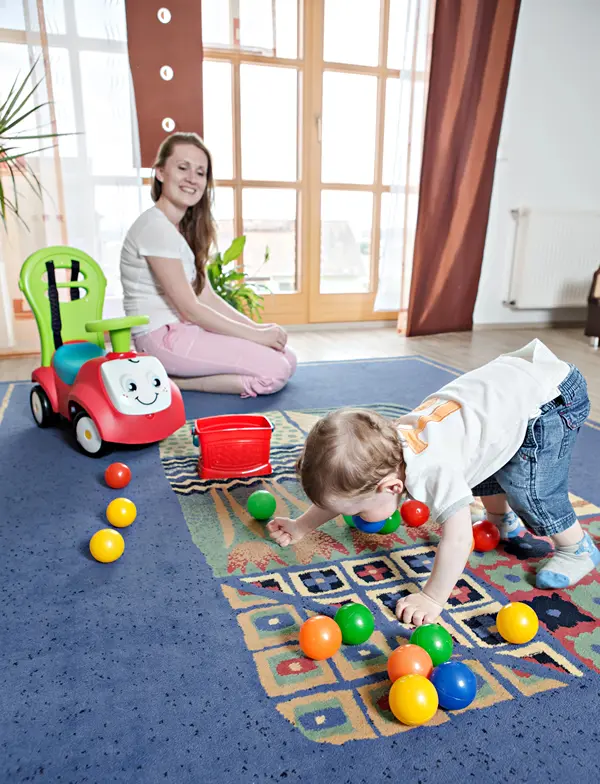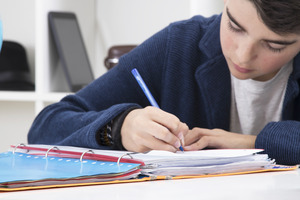The Best Toys Don’t Talk. They Let Your Kid Do the Thinking
In an age of flashing lights, AI-powered “smart toys,” and gadgets that sing, blink, and beep on command, there’s something quietly powerful about a toy that does… nothing. No batteries. No screen. No pre-recorded voice saying, “Let’s learn!” in an upbeat chirp.
Just wood. Or cloth. Or cardboard. Open-ended, unbranded, unbothered. Because the best toys don’t lead the play. They follow the child’s imagination.
Why Simpler Toys Make Smarter Kids
Research in early childhood education has shown again and again: children learn more through open-ended play than passive consumption. According to the American Academy of Pediatrics, unstructured play is not just fun: it’s essential for cognitive, social, and emotional development.
Toys that don’t talk require your child to be the creator, not just the consumer. When a toy tells your child what to do, how to feel, or what the next step is, it interrupts the natural flow of play. It replaces creativity with compliance.
But when the toy is quiet (when it offers possibilities instead of directions), your child begins to think independently, problem-solve, and invent.
What Makes a Toy “Open-Ended”?
An open-ended toy is one that can be used in a hundred different ways, none of which are “wrong.”
Think wooden blocks, loose parts, stacking cups, dolls without backstories, toy animals without an app. These are tools for exploration, not instruction.
At Kol Kid, open-ended play is at the heart of everything they curate. You’ll find toys made from natural materials, designed to inspire (not dictate) your child’s next idea. Nothing loud. Nothing bossy. Just beautiful, thoughtful pieces that leave space for your child to lead.
Talking Toys Don’t Teach, They Entertain
Let’s be honest: some talking toys can be fun. They can even feel like a break for parents. But here’s the catch—many of them overstep their purpose.
Instead of supporting imaginative thinking, they often replace it. A button that sings the alphabet is not the same as your child creating their own tune. A toy that says, “Let’s bake cookies!” doesn’t give your child the space to pretend to be a chef, create a menu, or decide whether they’re making cupcakes or carrot stew.
In short: when the toy talks, your child doesn’t need to.
And that’s the problem.
Quiet Toys Make Loud Thinkers
Silence is fertile ground for imagination.
Give a child a play mat, some animals, and a stick, and they’ll build a world. Give them a dollhouse with no rules, and they’ll invent families, weather patterns, and dramas better than daytime TV.
The less a toy does on its own, the more your child does with it.
That’s not just adorable. It’s developmental gold.
According to child psychologist Dr. David Elkind, author of The Power of Play, “Toys should be 10% toy and 90% child.” That means the real play happens in the mind, not on the circuit board.
Why Screen-Free Still Matters
In our digital-first world, it’s tempting to hand over a tablet. And sometimes, that’s okay. But if we want to nurture deep, creative, emotionally intelligent thinkers, we need to balance the dopamine of screens with the depth of analog play.
Screen-free doesn’t mean boring. It means engaged. It means toys that invite your child into the moment, not pull them away from it.
A simple toy is a full-body, full-brain invitation to be curious. To make mistakes. To try again.
That’s the kind of learning that sticks.
Less Plastic, More Purpose
There’s also a sustainability angle worth considering. The majority of electronic toys are made of plastic, break easily, and end up in landfills. Many are designed to be obsolete after one season or one battery change.
In contrast, simpler toys—especially those made of natural materials like wood, cotton, or wool—tend to last longer, feel better in small hands, and connect children to the real world.
Kol Kid, for example, focuses on timeless toys that grow with your child. A wooden train isn’t just a toddler toy—it becomes a storytelling device, a building project, a race car, a treasure transporter.
When a toy isn’t locked into one purpose, it becomes limitless.
How to Build a Better Toy Box
If you’re looking to declutter your playroom and make room for deeper play, here are some starting points:
- Purge the noise: Donate or recycle toys that flash, sing, and interrupt.
- Add classics: Blocks, stacking toys, dress-up clothes, animals, people figures, wooden cars.
- Keep it open-ended: Avoid toys that come with one “right” way to play.
- Rotate often: Keep a few toys out at a time and swap them regularly to renew interest.
- Let your child lead: Watch how they play. The best toy is often the one they use in ways you never expected.
- Prioritize texture over tech: Choose toys that engage the senses—wooden beads, fabric dolls, felt food. Tactile materials are more stimulating for developing brains than blinking lights.
- Mix in nature: Stones, sticks, pinecones, seashells. Nature’s objects are free, beautiful, and endlessly versatile. They encourage storytelling and grounding play.
- Avoid characters with scripts: Branded toys tied to TV shows or movies often come with a preloaded personality. Let your child build their own characters instead.
- Keep it accessible: Display toys on low shelves or in open baskets. When kids can see their options, they’re more likely to play independently.
- Model boredom as a gift: Don’t rush to fill every quiet moment. Boredom is where creativity blooms. Let your child discover how to make something from nothing.
It’s Not Just a Toy. It’s a Trust Exercise.
When you hand your child a toy that doesn’t give instructions, you’re doing more than encouraging creativity. You’re sending a message: I trust you to figure it out.
You’re trusting them to invent, to imagine, to fail and start again. That trust builds resilience. Confidence. Focus. It teaches them that not everything comes with a guidebook—and that sometimes, that’s the fun part.
This kind of trust lays the groundwork for independent thinking later on. When a child knows they can lead their own play, they start to believe they can lead their own learning, their own friendships, even their own ideas about the world.
And that’s not just smart parenting. That’s powerful human shaping.
Play Is Where Thinking Begins
Before kids learn to write essays, solve equations, or debate ideas, they play.
Play is the foundation of focus, language, empathy, and creativity. And the toys we give our children shape how that play unfolds.
So next time you’re tempted by a toy that promises to “teach your child,” ask yourself: who’s doing the talking?
Because chances are, the best learning happens when the toy steps back—and your child steps in.






